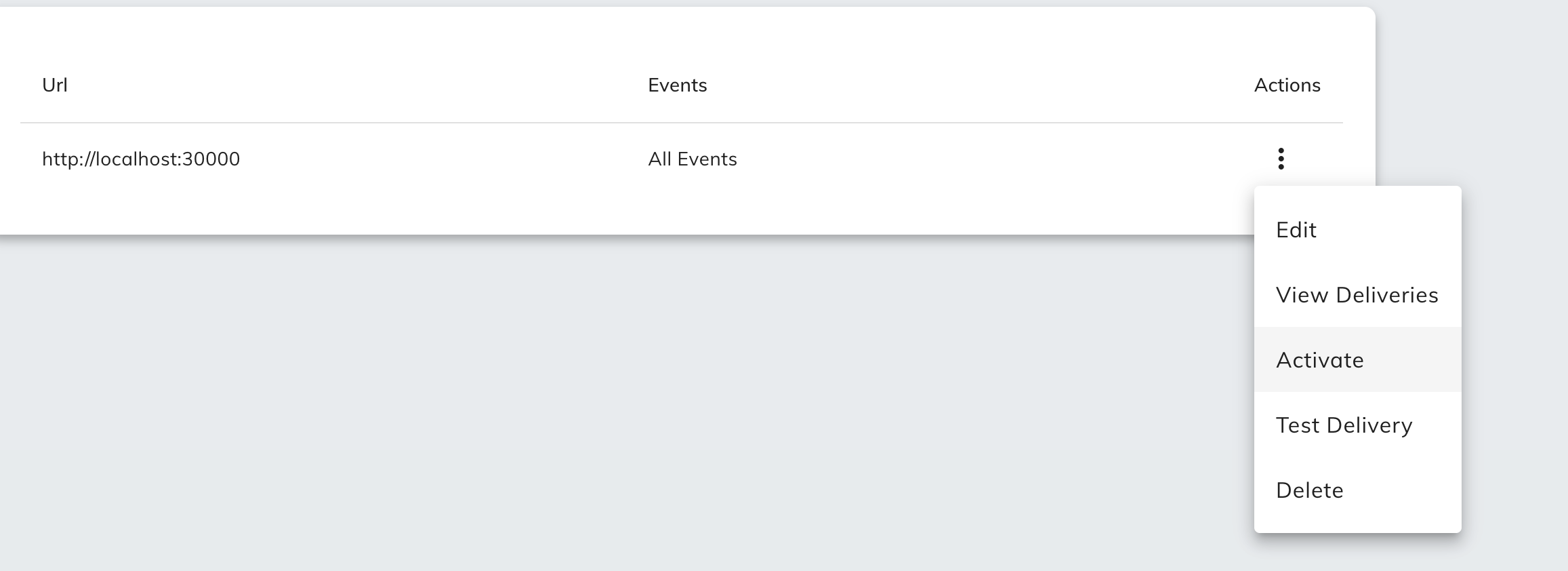Troubleshooting Webhooks
Introduction
You can quickly troubleshoot issues with webhooks by following a few simple steps, and by making sure that your webhook subscription is configured correctly.
General Troubleshooting
We recommend checking the configuration of your webhook subscription when you are experiencing issues. Common issues usually stem from misconfigured subscriptions, or no subscription at all.
To start, we recommend using our webhook management panel to lists all of the webhook subscriptions on your Tenant, along with the associated configuration.
Not Receiving Webhook Events
Ensure That Your Webhook Subscription is Set to Active
If you are not receiving webhook events, check that your webhook subscription is set to active, and that you are subscribed to * events. An HTTPS URL must also be provided to receive webhook events.

Payload Size too Large for Server
If you have missing payloads (particularly around events like application_form: finished_quoting )
and see 413 status codes in your logs, that indicates that your endpoint is rejecting our webhook
delivery because of the size of the payload.
Please note that these webhook payloads can be fairly large, so you may need to configure your endpoint to accept larger payloads. In almost every case, these payloads should not exceed a few hundred kilobytes.
Missing Event(s)
You can use the View Deliveries page to monitor events and event deliveries for any issues, and manually redeliver failed events.